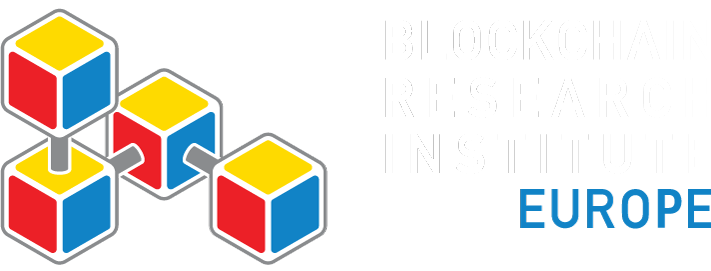Pandemic Webinar #4: Going Cashless: The Digital Dollar in the Face of COVID-19
Webinar Overview
Author: Christopher Giancarlo, Alex Tapscott, Don Tapscott
Release Date: April 28, 2020
Abstract:
This hour-long webinar is part four in a four-part series on blockchain and pandemics. Don Tapscott opens a discussion with Alex Tapscott and Chris Giancarlo, former Chair of the Commodity Futures Trading Commission, about the potential to turn away from cash and towards a state-backed digital currency.
On 28 April 2020, the BRI hosted a webinar featuring Chris Giancarlo, former chairman of the former chair of the US Commodity Futures Trading Commission and co-director of the Digital Dollar Project. This is an edited transcript of the proceedings. It distinguishes among three types of cryptocurrencies—distributed (Bitcoin), corporate (Libra), and central bank (US digital dollar). Giancarlo explains how blockchain technology opens up new policy options and how digital currencies differ from other financial assets. He argues for modernization of our financial infrastructure and regulation, with a US digital dollar as the global reserve currency. Diversity in cryptocurrencies make for a healthy marketplace. Distributed ledgers and smart contracts will eventually transform other financial instruments and unleash the next wave of economic innovation.
